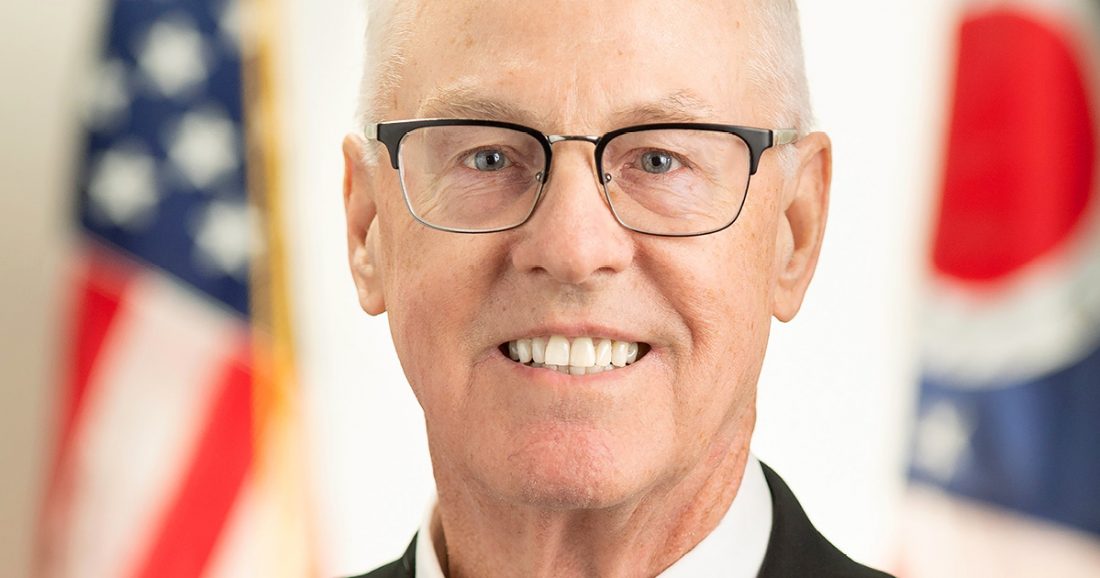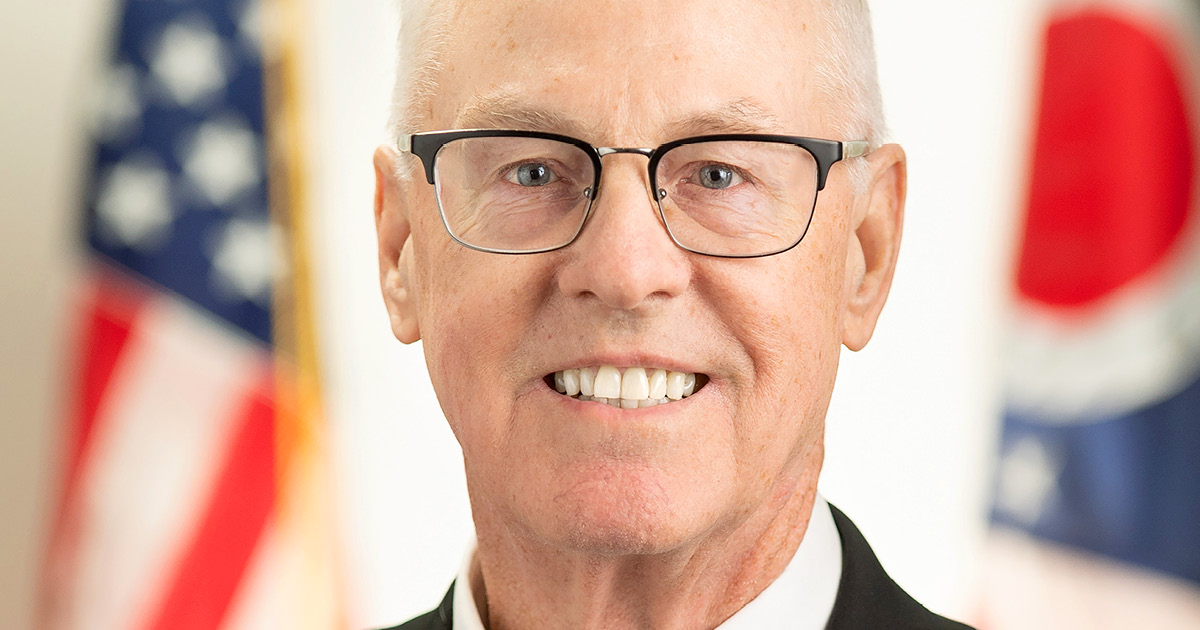The world of education is as much a place where role models are born as sports or cinema. Ohio Department of Education and Workforce Director Stephen D Dackin believes this, and his positive experience in the sector has shaped his approach to the role.
“I was the first person in my family to go to college. The motivation came from the coaches who encouraged me to pursue a degree,” he tells The CEO Magazine.

“The educational opportunities we have lend themselves beautifully to the idea that you can be a difference maker.”
The impression these leaders left on the young Dackin got him thinking later in life.
“I pursued a career in education primarily because of the influence of my coaches, who were also my teachers. I saw them not as coaches but how they saw themselves as ‘difference-makers,’” he says.
“That became a model of what I wanted to do. I can’t think of a better profession to do that.”
Before Dackin’s appointment in late 2023, the Ohio General Assembly passed a bill that included a provision for a state education agency aimed at linking a child’s time in school with their future career success. The reimagined agency, now called the Ohio Department of Education and Workforce, aligned perfectly with Dackin’s vision.
“When I think about young people today, they face challenges that I didn’t experience. That said, challenges can be opportunities,” he explains.
“The educational opportunities we have lend themselves beautifully to the idea that you can be a difference maker.”
Top priorities
As a new agency, the Department of Education and Workforce is a member of the Governor’s cabinet. As Director, Dackin reports directly to Ohio Governor Mike DeWine, who handpicked him for the job.
“The DeWine administration prioritizes several key initiatives, with literacy achievement at the forefront,” Dackin says. “Being literate is the most fundamental set of skills that our young people need to reach their full potential.
“We want to ensure that all kids are reading at or above grade level as they advance through the K–12 system.”
The second priority is workforce readiness, a matter close to Dackin’s heart.
“Too many students leave high school without a career plan or the necessary mentoring and guidance to prepare for life after graduation,” he reveals. “Every student should recognize the relevance of their education, be exposed to practical, real-world work environments and start defining their future.
“When students begin exploring various career fields early in their schooling, they broaden their understanding of what’s possible and uncover careers they didn’t even know existed.
“I believe that’s important for both the student and their family.”

Advertisement
Third is ensuring the mental and physical wellbeing of students.
“We’ve put a lot of emphasis on this over the past several years,” he confirms. “The Governor has championed student success and wellness funding since the start of his administration, securing essential support for schools to ensure students have access to crucial mental and physical health services.”
To achieve its goals, the Department has partnered with a number of external stakeholders.
“It’s a partnership-first approach,” Dackin says. “We know that a student’s success results from many individuals and organizations working on their behalf. When school leaders, educators, families and communities share a common goal, it can be a game-changer in the lives of children.
“At the state level, we can create partnerships that include local schools, institutions of higher education, businesses, nonprofit organizations, other state agencies and more. Together, we can empower Ohio’s educators to succeed in their daily work with students.”
Overcoming challenges
These partnerships enhance the Department’s ability to address challenges. For instance, to tackle chronic absenteeism, an alliance managed by Battelle and led by the Cleveland Browns Foundation, Columbus Crew Foundation, FC Cincinnati and Harvard’s Proving Ground has been formed with the Department.
Ohio Excels, a nonprofit organization associated with the Ohio Business Roundtable, is another key partner that has played a vital role in co-designing a workforce readiness infrastructure in collaboration with the Department and other organizations.
“We understand that if we aim to achieve goals of this magnitude, adopting a partnership-first approach is essential,” he adds.

“If we aim to achieve goals of this magnitude, adopting a partnership-first approach is essential.”
A relatively new grandfather, Dackin is deeply invested in the outcome of his mission, not only for the benefit of the state, but also the individuals involved.
“I just think that this is a great place to be,” he says. “We have a Governor who is working tirelessly every day on behalf of all Ohioans, with a special focus on improving the lives of children and their families. That’s an inspiring example to follow.”
The Ohio Department of Education and Workforce is dedicated to supporting schools so that all students are ready for success after high school, regardless of the path they choose. This aligns with Dackin’s vision for the state’s learners.
“Gratitude plays a vital role in my personal and professional life. I’m thankful for the chance to make a difference,” he says.
“I can’t imagine a better opportunity than equipping young people with the knowledge, skills and experiences they need to reach their full potential.”




